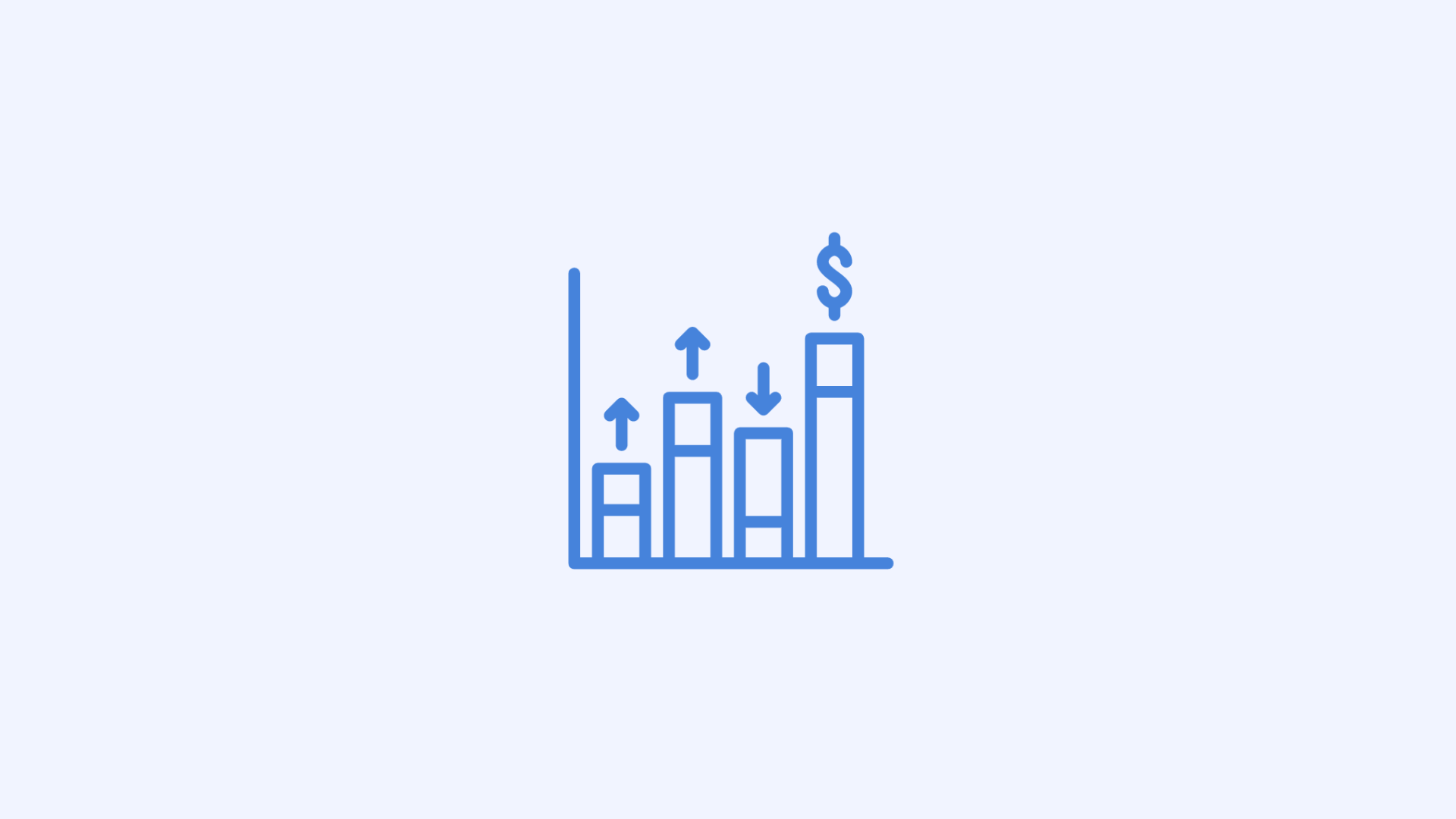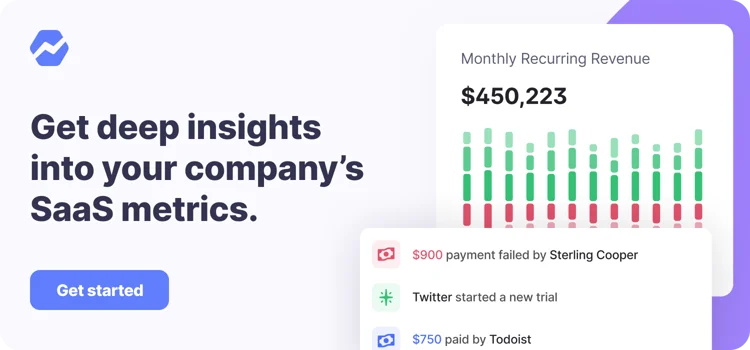Table of Contents

The profit and loss statement is one of the three main financial statements a public company must release annually along with the statement of cash flows and the balance sheet.
The profit and loss statement goes by many names, including the statement of profit and loss, statement of operations, statement of financial results or income, earnings statement, expenses statement, and, most commonly in North America, the income statement. It is also commonly abbreviated to P&L.
The profit and loss statement details the revenue, expenses, and any profit or loss (hence the name) during a specified period of time, usually monthly, quarterly, or annually. There are many ways to draft the profit and loss statement depending on the detail desired and the complexity of the business.
Generating these financial statements is one of the main jobs for your accountant, along with basic bookkeeping and financial projections.
Once you have your books in order and are comfortable with day-to-day bookkeeping, you can unlock the full potential of the information in those spreadsheets through data visualization.
Finding hidden patterns in your sales, seeing the growth potential, and knowing which service is poised to be the star of your marketplace can all be done through using Baremetrics. Data collecting and collating are only the first steps, with data analytics being a necessary next stage to maximize sales and keep on top of those past due accounts receivable.
Sign up for the Baremetrics free trial, and start getting great metrics on your business’s transactions.
All the data your startup needs
Get deep insights into your company’s MRR, churn and other vital metrics for your SaaS business.
Key components of a profit and loss statement for small businesses
While not every profit and loss statement is formatted the same, and the level of detail varies widely from small enterprises to international conglomerates, they all have the same basic structure. From top to bottom, the profit and loss statement has the following main sections:
-
Revenue
-
Cost of goods sold (COGS)
-
Expenses
-
Gross profit (or loss)
-
Net profit (or loss)
Let’s take a quick look at each of these sections, before moving on to how the profit and loss statement is affected by the accounting method used, how it differs from the other main financial statements, and what you can get out of the profit and loss statement.
Revenue
At the top of the profit and loss statement you can find the revenue section. Revenue includes all of the operating income of the company. This differs from non-operating income, such as interest on bank balances, which can either follow in this section or be grouped separately in a gains and losses section along with non-operating expenses, such as money paid out after a lawsuit.
The section includes gross revenue, which is the total sales volume of the company. It then has all the sales deductions, for example discounts, returns, and damaged goods. Finally, you have your net revenue, which is the total amount of sales revenue after all of these deductions.
Cost of goods sold (COGS)
After the revenue comes the cost of goods sold (COGS). This includes all of the expenses directly related to the products or services sold, for example materials and inventory. For your SaaS enterprise, this could include anything directly related to providing your platform, such as hosting fees.
The cost of goods sold is separated from the other expenses so that the gross profit can be calculated.
Gross profit (or loss)
Gross profit is simply the amount left over when COGS is deducted from net revenue.
The gross margin can also be calculated at this point, which is essentially the gross profit as a percentage. Gross margin is the gross profit divided by the net revenue.
Expenses
The non-COGS expenses come next. These can be broken down into two main groups: cash expenses and non-cash expenses.
Note that non-operating expenses, such as interest and taxes, are also often separated from operating expenses for illustrative purposes as well as to calculate EBIT (earnings before income and taxes) and EBITDA (earnings before income, taxes, depreciation, and amortization).
Cash expenses
Cash expenses are all the expenses that are paid for in cash. These are the ones that are intuitively understood as expenses by people unfamiliar with accounting. Cash expenses can include marketing and advertising expenses, employee salaries and benefits, interest expenses, office supplies, rent, interest expenses, payments to contractors, etc.
Non-cash expenses
Non-cash expenses come in two forms, depreciation and amortization, which are used to turn tangible and intangible assets, respectively, into expenses.
Tangible assets include the things of value owned by your company that you can touch. This is anything from a laptop or desk to a building or plot of land.
Conversely, intangible assets are anything of value owned by your company that you cannot touch. Intangible assets include your brand name, the relationships you have with customers as well as their signed contracts, and your platform.
While the cash accounting system does not include non-cash expenses, the accrual accounting system does, and it is the accrual accounting system that most tax jurisdictions will require. This will be discussed in more detail below.
Net profit (or loss)
At the bottom of the profit and loss statement comes the net profit (or loss), which is why it is sometimes colloquially called “the bottom line.”
This is the final total after all expenses, including COGS, operating expenses, non-operating expenses, and taxes, have been deducted from your net revenue.
While they are not GAAP (Generally Accepted Accounting Principles)-approved metrics, the net income is often shown with two other totals—EBIT and EBITDA—as having many metrics is the lifeblood of financial forecasting.
Baremetrics is a monitoring tool for business metrics that serves as a dashboard for your organization. MRR, ARR, LTV, and total customers are all visible immediately in your Baremetrics dashboard. You can visit this sample account here for a better look.
Baremetrics allows you to integrate with billing systems, such as Chargebee, to view all of your revenue in a smart, SaaS dashboard. You can view client segmentation, get greater insights into who your customers are, predict the future, and use automatic payment recovery solutions.
Sign up for a free Baremetrics trial and get a better understanding of your subscription income now.
Impact of accounting principles on the profit and loss statement
The profit and loss statement lists the revenue and expenses for a specified period, but how do you decide which revenue or which expenses appear in a specific period? While it might seem obvious, this is actually not a simple task. That’s because there are two different accounting systems, and the way the period in which revenue and expenses are placed differs in each system. Let’s look at the cash and accrual accounting methods.
Cash accounting method
In the cash accounting method, revenue is recognized when the cash is received, whether or not the cash is received before, as, or after services are being rendered. This method is very simple, but it can lead to major swings in your revenue, expenses, and profitability.
It also allows you to bury revenue in future accounting periods while frontloading major expenses. This can be hugely beneficial to your tax situation, which is why most tax authorities do not allow large and/or public companies to follow the cash accounting method.
Accrual accounting method
Unlike the cash accounting method, the accrual accounting method uses two specific accounting principles to decide when revenue and expenses should be recorded on the profit and loss statement: the matching principle and the revenue recognition principle. These both occur independent of when the actual cash changes hands. For this reason, accounts payable and accounts receivable need to be placed on the balance sheet.
The two principles can be defined as follows:
-
Revenue recognition principle: This principle refers to the period and manner in which a company realizes its income. A company should recognize revenue in the period in which it was earned, and not necessarily when the cash was received. In America, this is done following ASC 606.
-
Matching principle: This principle stipulates that accountants should record all revenue and expenses in the same reporting period. This means that expenses should be matched to the revenue they generate and therefore be shifted into the period in which the revenue was earned instead of being recorded in the period they were paid for.
The choice among these two accounting systems will have a bearing on when you place your revenue and expenses on the profit and loss statement.
Quickly Spot Inconsistencies
Get deep insights into MRR, churn, LTV and more to grow your business
How to analyze a profit and loss statement
The most important part of analyzing a profit and loss statement is putting multiple periods next to each other to conduct trend analysis. This can tell you how your company is growing over time and how its efficiency is changing over time, among many other trends.
There are also many useful metrics on the profit and loss statement, such as gross profit, net income, EBIT, and EBITDA, as well as many others that can be calculated from the information on the statement, such as the profit margin or return on investment.
Balance sheet vs. profit and loss statement
The major difference between the balance sheet and the profit and loss statement is that the balance sheet is a snapshot of a business on a specific date, while the profit and loss statement is shown for a period of time.
The balance sheet deals more with the book value of the company, listing equity, assets, and liabilities. The profit and loss statement is specifically designed to show the profitability of the company.
Statement of cash flows vs. profit and loss statement
Both the statement of cash flows and profit and loss statement are shown for a period of time. Whereas the profit and loss statement deals with profitability, the statement of cash flows is only concerned with the flow of money into and out of the company.
If you’re still using spreadsheets and basic dashboards to monitor and manage your cash flow, you’re not only operating inefficiently, but you’re also probably leaving money on the table.
Baremetrics’ advanced analytics and reporting tools offer an affordable, fast, and flexible means to ensure you stay on top of and optimize your SaaS business’s cash flow.
Our platform does all the heavy lifting for you, intelligently “automating away” meaningless numbers to uncover the true, bigger picture. A crystal-clear dashboard gives you a holistic view of your expenses, profit, and forecasted cash flow for specific timeframes. All this allows you to quickly spot inconsistencies, eliminate unnecessary waste, and more accurately model your SaaS business’s future based on multiple scenarios.



